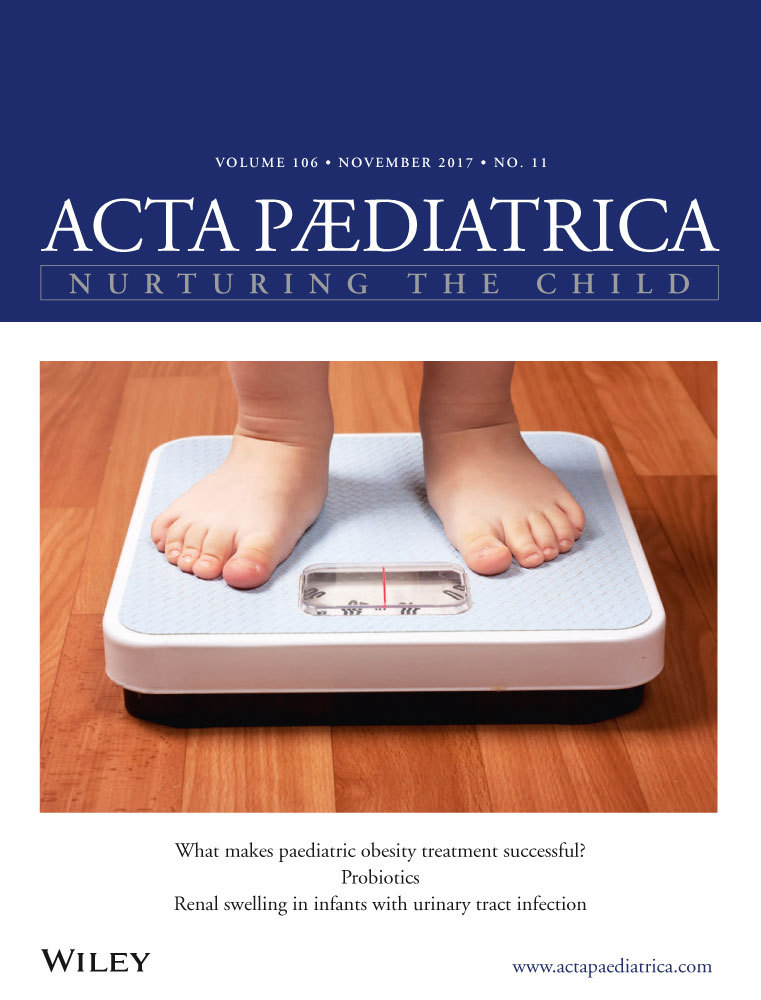Maternal intrapartum antibiotic treatment continues to exert a bactericidal effect on the umbilical cord and peripheral venous blood of newborn infants
Abstract
Aim
It is unclear whether maternal intrapartum antibiotic treatment (IAT) continues to exert a bactericidal effect on common pathogens in neonates. We studied the in vitro bactericidal effect of IAT on the cord and peripheral venous blood of newborn infants.
Methods
Umbilical cord and peripheral venous blood from newborn infants born at Kaplan Medical Center, Israel, from April to October 2014 were studied for serum bactericidal titres against Group B Streptococcus (GBS) and Escherichia coli (E. coli) strains. We studied 60 samples of umbilical cord blood and 18 samples of peripheral venous blood from 60 newborn infants whose mothers received IAT. The controls were 10 samples of cord blood from mothers without IAT.
Results
Cord blood exerted a bactericidal effect against 98% of GBS isolates but only 8% of E.coli isolates. Peripheral blood exerted a bactericidal effect against GBS in 94% of cases, but not against E. coli. No bactericidal effect was seen in the blood from the controls.
Conclusion
We found a continued bactericidal effect of umbilical cord blood and neonatal peripheral blood from newborn infants of IAT-treated mothers, mainly against GBS, but rarely against E. Coli. These findings may assist clinicians treating at-risk infants exposed to IAT.




